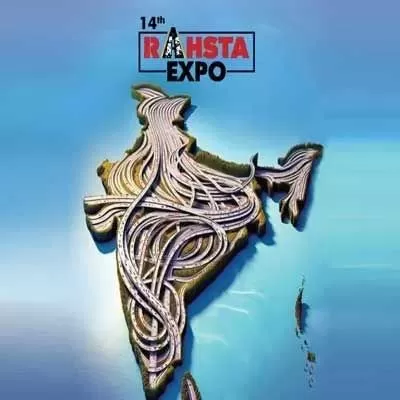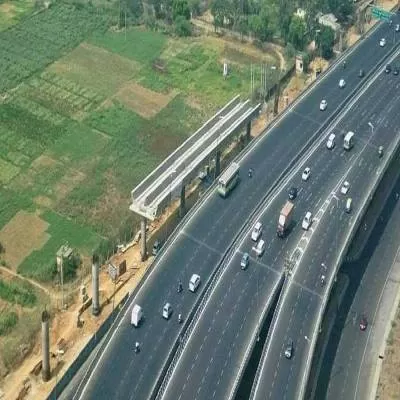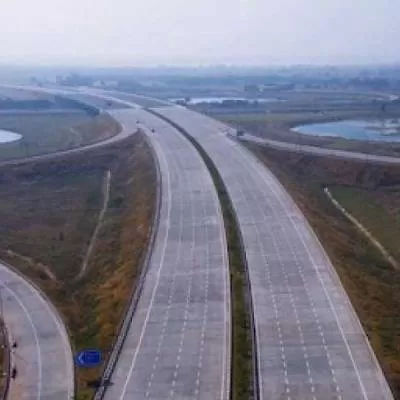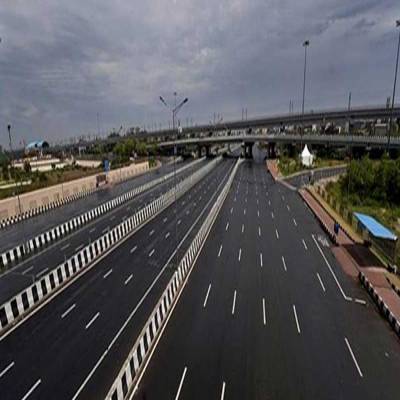- Home
- Infrastructure Transport
- ROADS & HIGHWAYS
- Here's how roads constructed using SMA technology can last 10-15 years

Here's how roads constructed using SMA technology can last 10-15 years
Year after year, Indian roads riddled with potholes have become a menace. With big cities in the country struggling to find suitable solutions to solve this threat, here is a solution that may just work. <p></p> <p>Since April 2009, Indian roads have been constructed using stone matrix asphalt (SMA) technology, promoted by its implementing consultant Genesis Infra Project Consultants - the first project was Palanpur-Deesa on NH-14 in Gujarat. The technology, originated in Europe over 49 years ago. It is used in Europe, China, Brazil and Sri Lanka. And, in 2017, for the first time, a road in Maharashtra was built using pinewood pulp to prevent the pothole menace. The road on the World Bank-funded Palghar-Mahim highway, built by the Public Works Department (PWD) of Maharashtra in Palghar district, is composed entirely of pinewood pulp cellulose. In 2008, Mumbai-based solution provider for road infrastructure Genesis Infra Project Consultants (GIPC) had approached the PWD with a proposal for road construction with waste pinewood pulp cellulose, mixed with bitumen and stones. </p> <p>As Porus Bhatt and Ziinat Sayed, Directors, say, 'GIPC offered state-of-the-art SMA technology for the construction.' They share more on the material, the technology, and its success...</p> <p>' Application: SMA requires either waste pinewood or bamboo pulp cellulose extracted from tree barks. The technology requires cellulose fibres as a binder and pinewood pulp has been proved to be the best binder in SMA. </p> <p>SMA is a gap-graded flexible pavement wearing course mix-design. This is a high-quality replacement for conventional wearing course mixture of bituminous concrete (BC). The supporting material used for SMA is bitumen-coated cellulose fibre. Bitumen-coated cellulose fibres are used as a drainage inhibitor. The process is as simple as the conventional bitumen concrete mix, with the only addition being the higher percentage of bitumen and dosing of the fibres. If this process is adhered, the results meet expectations. The characteristics of SMA include gap-graded aggregate structure; paving-grade bitumen or polymer-modified bitumen as binder; and stabilising additives as drainage inhibitor (cellulose fibres). The technology has also been approved by the Indian Road Congress.</p> <p>' The pothole advantage: SMA technology used in the construction of the Palghar-Mahim highway has helped ensure the road remained free of potholes and distress, even after an above-normal monsoon in 2017. The combination of big stones, bitumen and a mixture of pulp and hydrated lime helps bind the road and can prevent leaks and potholes for around five years. SMA uses higher bitumen compared to conventional BC; hence, a drainage inhibitor is required. This comes in the form of cellulose fibres, which help the binder stay in place and create a self-supporting stone skeleton of crushed high-quality coarse aggregate.</p> <p>' Extra benefits: Roads made implementing the SMA technology have excellent skid-resistance because of rough surface texture, increased visibility of road markings, reduced glare, low noise levels and environmental benefits. SMA is a tough, stable and rut-resistant mixture that relies on stone-on-stone contact to provide stability and binder-rich mortar to provide durability. The stability in a SMA mix is obtained through the internal friction in the self-supporting stone skeleton. </p> <p>As per the Central Road Research Institute (CRRI) in New Delhi, the life of a normal SMA technology-used road is 10-15 years under Indian weather conditions. Advantages of using SMA in the Palghar-Mahim highway include unrestricted traffic movement of east-west connectivity as it is a rail-over-bridge and no accidents owing to distress on roads (zero fatality). Similar benefits will be seen in other roads as well in India. </p> <p>' Challenges in road planning: Challenges of planning a modern road network include increasing traffic volume, higher axle loads, noise reduction, usage of recyclable materials, safety aspects, durability, driver's comfort and the need for economical technologies. </p> <p>To address these, SMA has high resistance to permanent deformation, excellent skid-resistance, reduced water spray, increased visibility of road markings, reduced glare at night from reflections of lights, superior durability, low noise level and decreased lifetime cost. The road construction technologies offered by GIPC are apt for cement concrete roads (rigid pavements) and asphalt or bituminous roads (flexible pavements). The company has undertaken works for Thane Municipal Corporation and Ahmedabad Municipal Corporation, and is also associated with CRRI and IIT-Bombay for research work on pavement design for sustainable roads.</p> <p>' Cost and acceptance: The cost of constructing a road using SMA technology is about 12 per cent more than that of normal roads as the bitumen content is almost 6.5 per cent as against 4-4.5 per cent in BC. The life of a pavement using SMA is longer than a normal BC pavement. The SMA technology has also been used for a road connecting Diva station to Shil Phata, which ends on the Old Mumbai-Pune Highway. </p> <p>Although SMA is new in the Indian context, using this technology will increase sustainability and flexibility with increased life-cycle, thus benefitting the roads in the country. What's more, SMA has a successful history across the globe, and should be used on highways, expressways, ring roads, bypasses, port roads, airports, coastal roads and hilly terrain. The future is bright: High-performing, bitumen-coated, cellulose fibre pellet-based stone matrix asphalt roads, which are low on maintenance, able to carry high axle loads and high traffic volume - not only for state and National Highways but city roads with traffic signals, roads passing through industrial areas, transport nagars, roads leading to and exiting railway stations, dry ports as well as wet ports.</p> <p> <span style="font-weight: bold;">SMA mix</span><br /> A self-supporting stone skeleton of crushed high-quality coarse aggregate.<br /> A binder-rich mastic mortar.<br /> Low air voids, which make the mix practically impermeable.<br /> An efficient stabilisation of the mastic to prevent its segregation from the coarse particles.</p> <p> <span style="font-weight: bold;">- SERAPHINA D'SOUZA</span><br /> Share an innovative material at feedback@ConstructionWorld.in</p>






















